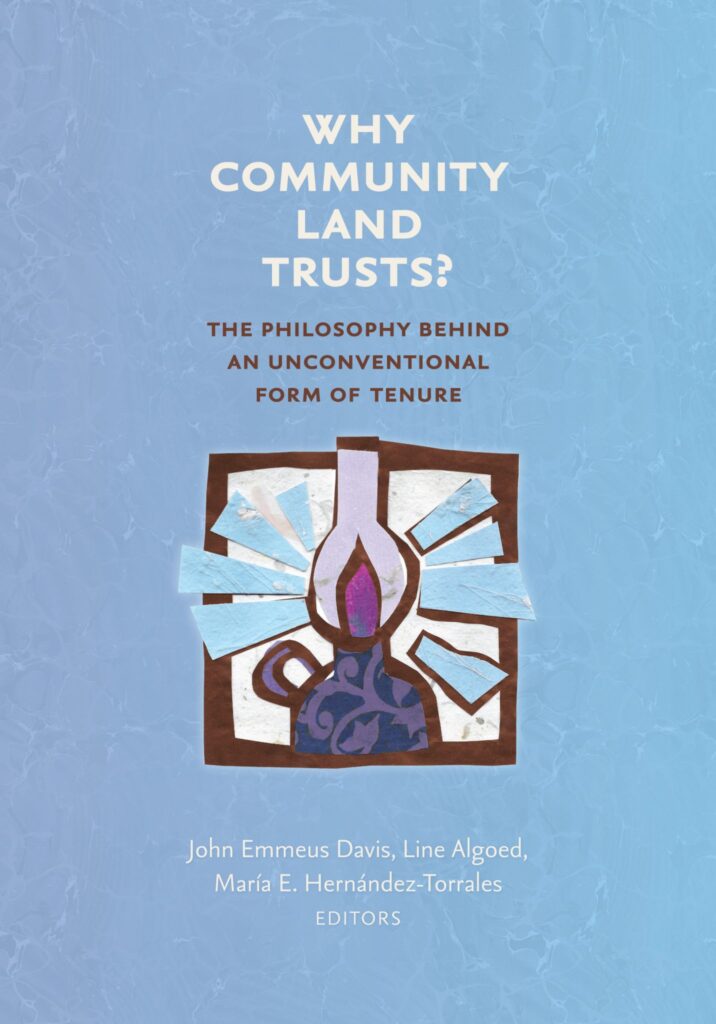
Available now worldwide, 110 pp.
PAPERBACK ISBN 9781734403046 $12.50 US
EBOOK ISBN 9781734403060 $5.00 US
Bulk order discounts available for NGOs. For more information, and to place your order, go to our Bulk Orders page.
Why Community Land Trusts: The Philosophy Behind an Unconventional Form of Tenure, is the second in our monograph series, with six essays exploring various ethical, political, and practical justifications for the community land trust.
Among the hundreds that exist in a dozen different countries, there are numerous variations in how CLTs are structured, how their lands are utilized, how development is done, and how the stewardship of housing is operationalized.
When land is owned for the common good of a place-based community, present and future; when development is done by an organization that is a creature of that community, rooted in it, accountable to it, and guided by it; when stewardship is deliberate, diligent, and durable . . . justice is more likely to be achieved. And more likely to last.
